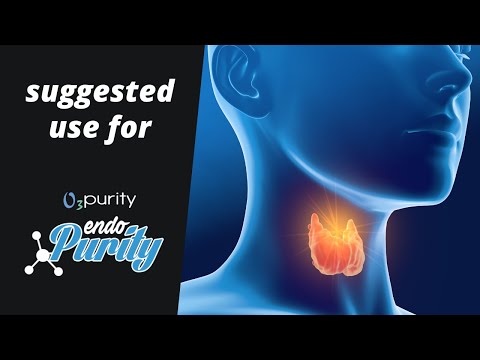THE FREE RADICAL THEORY – Dr. Deepak Chopra
In the mid-1950s, Dr. Denham Harman of the University of Nebraska theorized that free radicals are an important cause of aging at the cellular level. This is believed to happen through a process called cross-linkage, a chemical reaction that locks up the outer atomic shells of collagen. The cause of cross-linkage is thought to be the tendency of free radicals to bind indiscriminately with many vital molecules in the body, including DNA. Cross-linkage is only one example of the damage free radicals can inflict. They can also split up molecules, garble information in cells, clog cell membranes, promote cancerous mutations, and impair the function of the mitochondria (the energy factories inside each cell). Free radicals will attack almost any molecule; the extent of the damage they do is so wide that the free radical theory of aging has grown in popularity with each passing decade.
Paradoxically, free radicals are necessary to life. A free radical is really a temporary stopping-point leading from one stable molecule to another. The normal lifespan of such unstable particles is thousandths of a second; millions of these fleeting molecules are emitted in every cell as it burns sugar with life-giving oxygen. Why does the body produce free radicals? They are the natural product of any chemical reaction and they fit into the body’s overall balance. White blood cells use free radicals in hydrogen peroxide to destroy invading bacteria and viruses. In that role, the free radical’s tendency to latch onto anything in sight saves your life daily. To protect itself from any damage, every cell produces enzymes to neutralize free radicals. These free radical scavengers include superoxide dismutase and catalase. In recent times, people have been urged to take large amounts of free radical scavengers in order to minimize cell damage. However, the eminent Japanese medical investigator Dr. Yukie Niwa, himself a staunch proponent of the free radical theory, has demonstrated in the laboratory that dosing a culture of cells with these products does little to decrease free radical production. It would be still less effective for a person to swallow these scavengers, as most would be nullified by digestive juices long before they got to the cells they were meant to protect. The whole life extension enterprise misses the point. The damage caused by free radicals is secondary, not causal. In its normal state, the body controls free radicals as a matter of course. Your body is not blindly fighting for its life against “bad” chemicals; such a notion is far too simplistic. If you could view a cell as it produces its myriad free radicals and myriad scavengers at the same time, you would see the two floating around in the same environment, not like loose cannons, but closely monitored and controlled by the cell. Both are kept in balance, and used, as the cell requires a serene harmony. It has not been shown that older people necessarily have higher levels of free radicals in their cells or lower levels of scavengers. Free radical damage is but one type of imbalance that can occur at the cellular level. If the body’s generative powers are at optimum, disorder and chaos do not attack a cell. One of the ways to maintain the body’s state of generative health is through exercise, providing a good supply of oxygen to the cells. By actually building muscle late in life, older people can significantly rejuvenate their whole physiology, reversing the metabolic decline we have come to see as normal. Physical fitness is also intimately linked to one’s general well-being and attitude.







